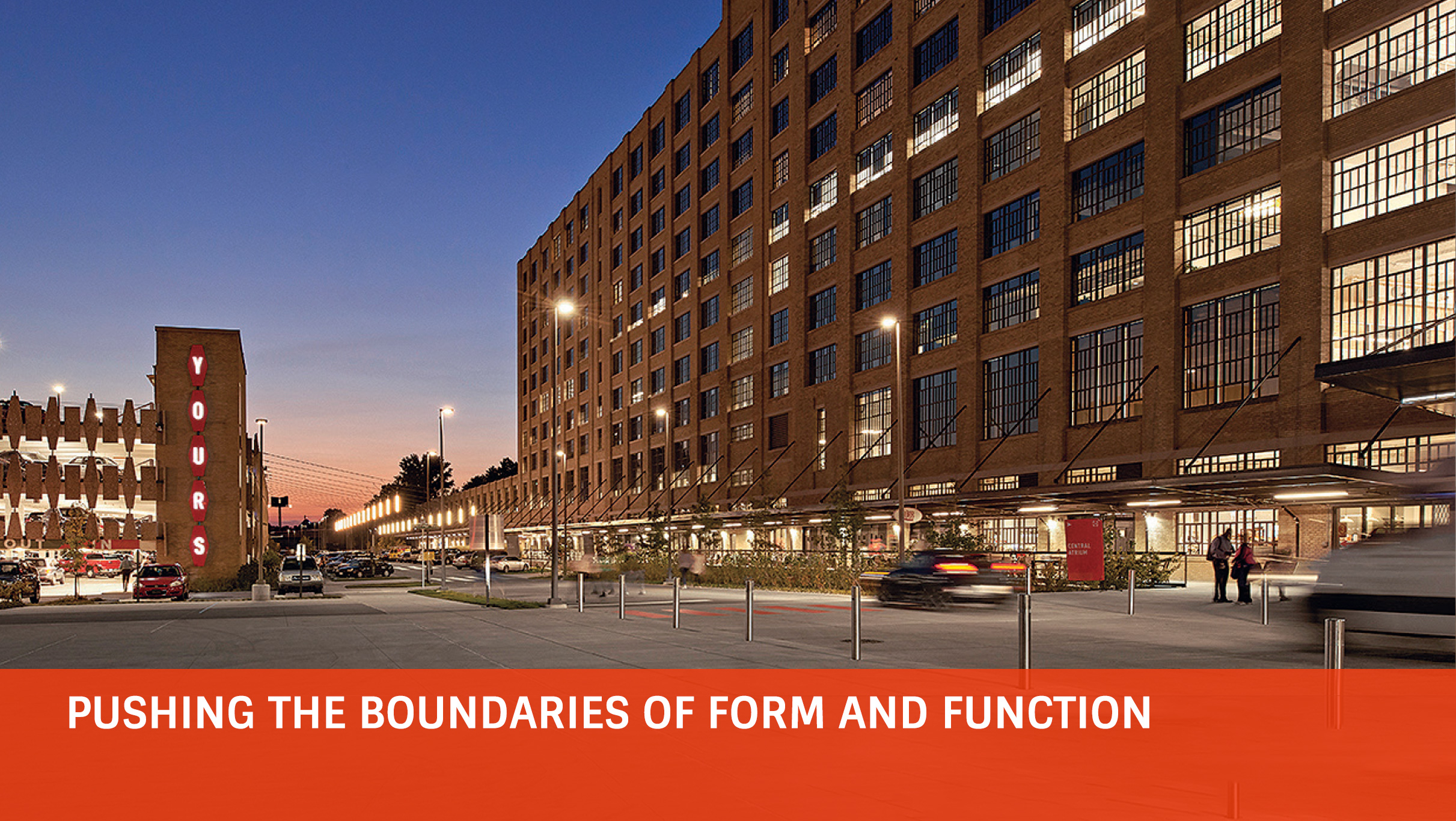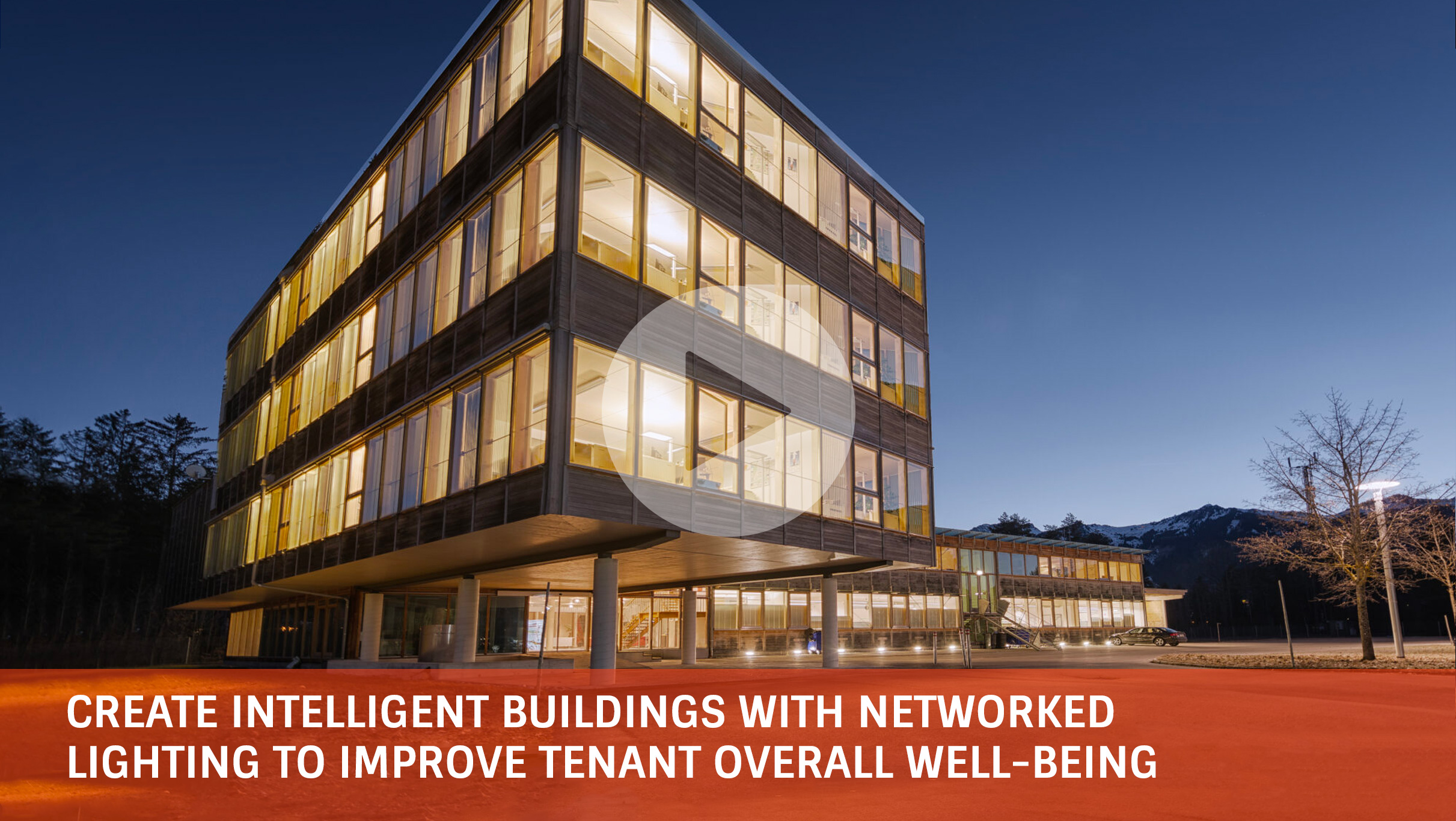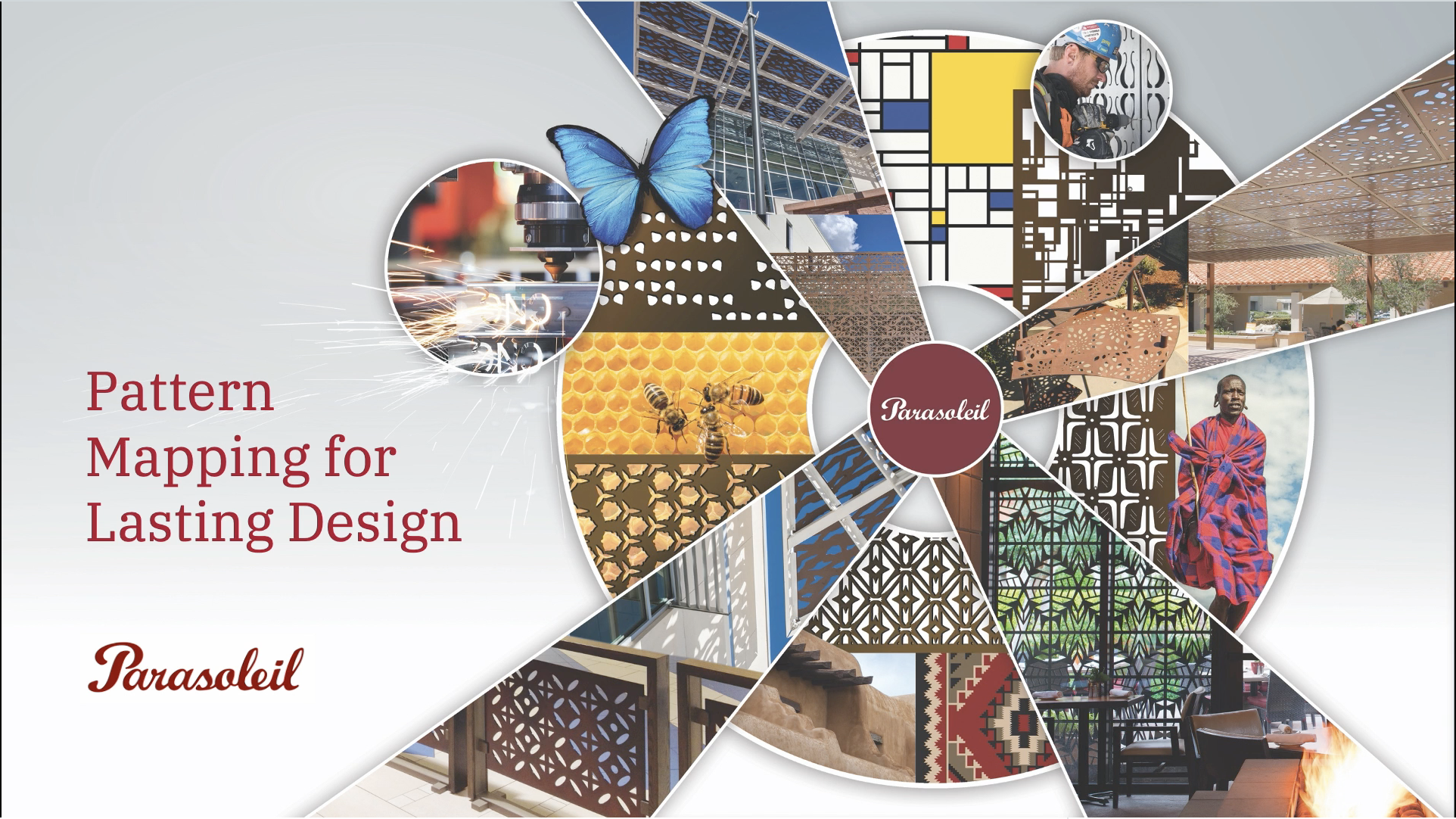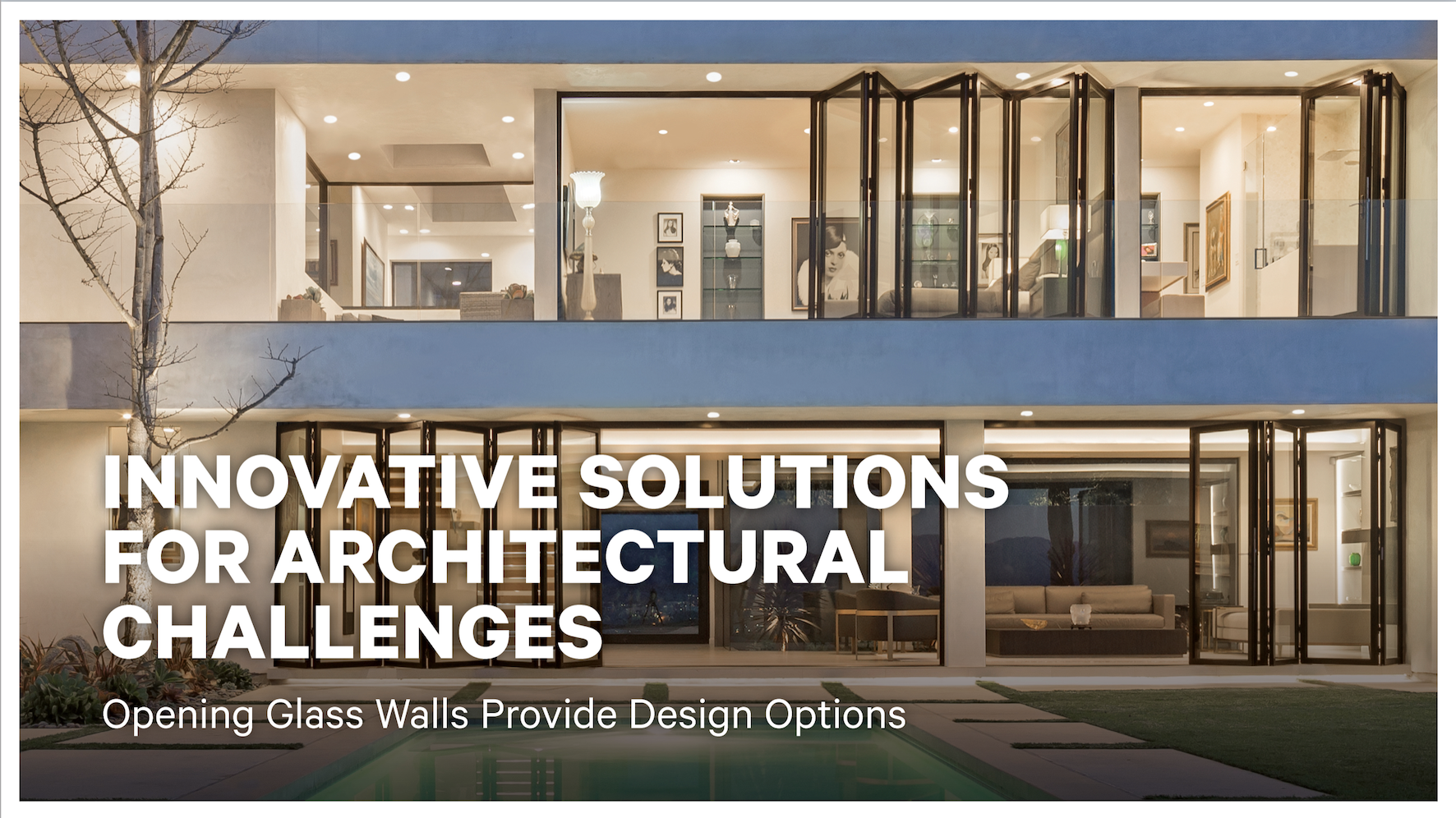Controlled and Connected Luminaires and Design Integration
Program: The Art and Technology of Lighting
This course will review the components and uses of connected luminaires, their specification and the standards and protocols involved in current lighting controls application. Further, this course will review the emergence of the Internet of things, and how it will impact future lighting controls application.Understand the definition, components and function of a connected luminaire.
Learning Objective 1:
Understand the definition, components and function of a connected luminaire.
Learning Objective 2:
Understand how connected lighting systems interact with the Internet of Things (IoT).
Learning Objective 3:
Understand the basic components of a lighting control system and uses with LED technology.
Learning Objective 4:
Understand the specification of connected luminaire systems.
AIA Course Number FP2018-D
...Read More


















